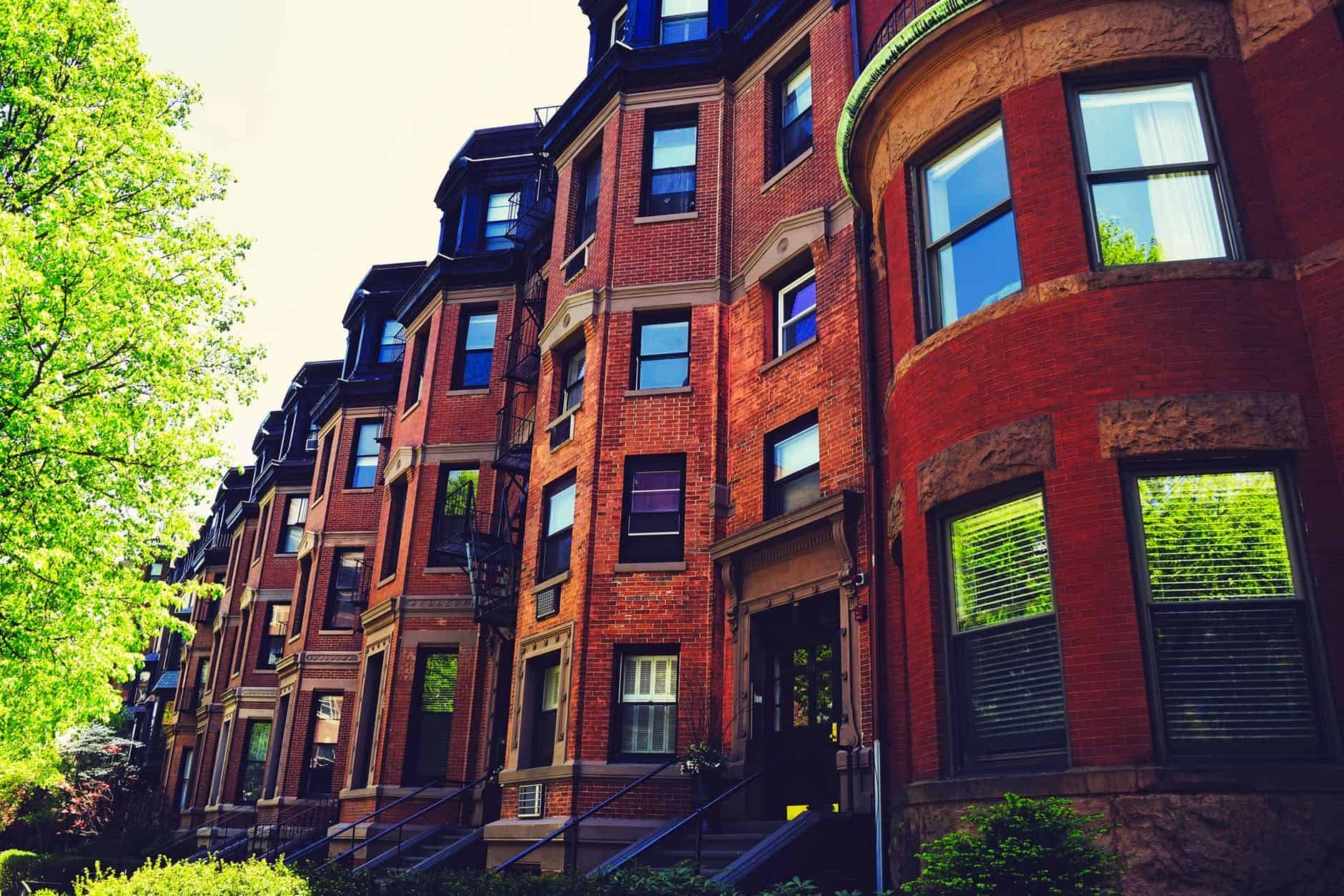Mississauga Has More Low Income Neighbourhoods Than Ever Before
Published November 22, 2017 at 2:55 am

How comfortably are you living in Mississauga? If you have food in the fridge, a roof over your head, access to transportation, and a stable job, stats show you might be doing better than most.
A recently updated report from United Way of Toronto and York Region — The Opportunity Equation in the Greater Toronto Area (GTA): An update on neighbourhood income inequality and polarization — has revealed some very disturbing facts about neighbourhood and individual income in Peel Region.
Basically, the report shows that there are more low- and high-income neighbourhoods in the GTA now than ever, and middle-income neighbourhoods are disappearing.
In fact, according to the report, in 1980, only two per cent of Peel’s neighbourhoods were considered low income. As of 2015, that number has grown to 52 per cent.
That means more than half of Peel’s neighbourhoods are now considered low income, based on an average — survivable — income of $50,479.
Income inequality has skyrocketed in Peel Region since 1980. In the following maps, the blue areas are high- or very high-income, the yellow areas are considered middle-income, and the orange and red areas are considered low- or very low-income.
“Low [and] very low income neighbourhoods are those census tracts which had an average individual income more than 20 per cent below the Toronto CMA average income,” explains the report in a footnote. “Middle income status is within 20 per cent above or below the [Census Metropolitain Area (CMA)] average. High [and] very high income status is more than 20 per cent above the CMA average.”
You can also note the change in what’s considered average individual income, from $14,384 in 1980, to $35,618 in 2000, and finally to that $50K mark (cost of living has, of course, changed substantially).



Ultimately, these maps illustrate a very divided Peel Region in terms of income.
In Brampton in particular, high- and middle-income neighbourhoods have decreased at alarming rates, and, as you can see on the maps, orange or low-income neighbourhoods have increased dramatically. Much less than half of Brampton’s neighbourhoods are raking in a liveable $50K, and Bramalea, Knightsbridge, and Gore are just a few examples of those low-income neighbourhoods in Brampton.
Meanwhile in Mississauga, Malton, the 410 and 401 area, and Cooksville are some examples of very low- or low-income neighbourhoods in Peel Region, while a high-income area popped up around Lorne Park and Port Credit, and middle income is still more visible than Brampton.
And further north in Caledon, the entire city was once considered middle-income, and while there are no obvious pockets of low-income neighbourhoods, high- and very high-income neighbourhoods have grown substantially.
The two most relevant concepts that drive United Way’s report are income inequality and income polarization. Income inequality is basically how unevenly income is distributed, while income polarization is the trend towards having two groups of earners at the opposite ends of the income spectrum — the rich and the poor.
That being said, what causes inequality and polarization?
Well, according to United Way, there are a number of issues at hand.
“In a society that values fairness, the opportunity equation should mean that everyone can get ahead,” says United Way’s report. “However, factors like the increasing concentration of poverty, deteriorating job quality, and growing income inequality are creating an uneven playing field and compromising the promise of access to opportunity.”
In Peel, income inequality has increased by a whopping 49 per cent since 1970, and income polarization has increased by 39 per cent. Peel Region was beaten by the City of Toronto, where income inequality has increased by a very disturbing 105 per cent and income polarization by 82 per cent, Halton Region, where inequality has increased by 82 per cent and polarization by 58 per cent, and York Region, at 38 per cent and 98 per cent respectively.
Here’s a closer look:


Overall, there has been an extreme decline in middle-income neighbourhoods in Peel Region, which reflects the notion that the middle class is disappearing.
With current and upcoming initiatives across Peel, the GTA, and Canada surrounding affordable housing, addressing precarious work, and creating opportunity for everyone, hopefully, the middle class will make a comeback in the coming years.
For now, the GTA is known as the “income inequality capital of Canada.”
You can find the entire report here.
(All graphics courtesy of United Way of Toronto and York Region)






